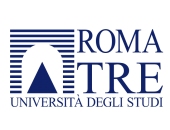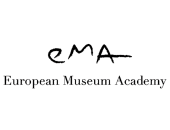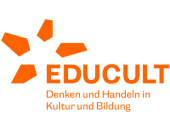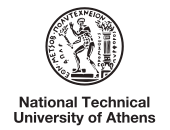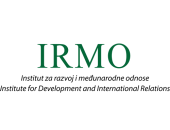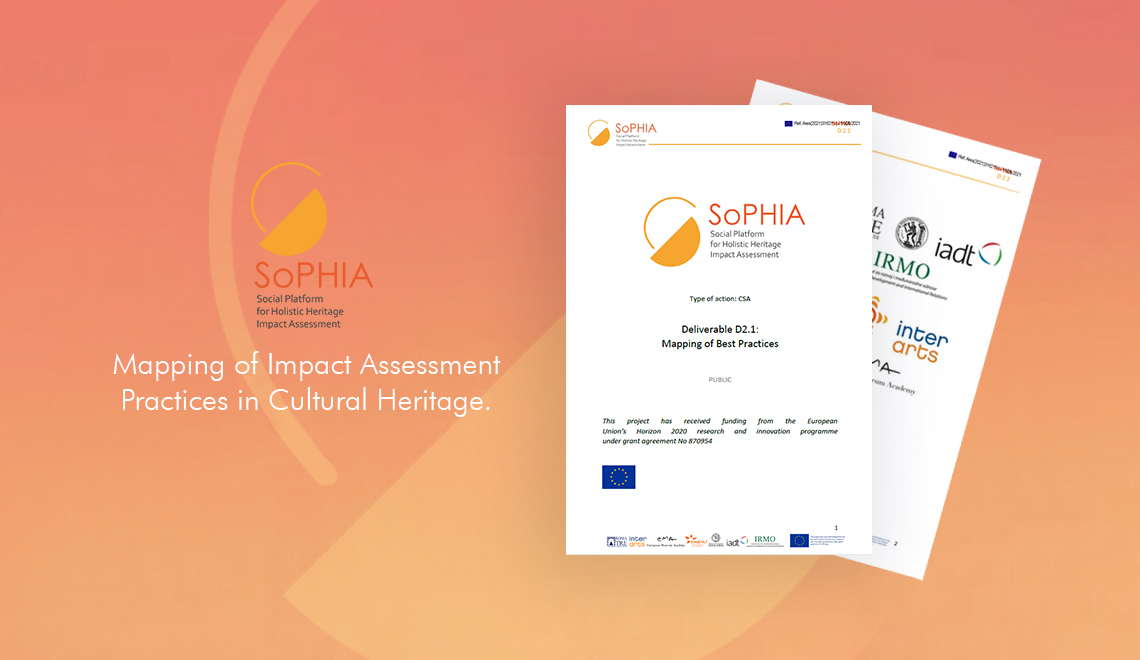
Over the past few months, members of the SoPHIA partner consortium have made significant progress in developing a Holistic Heritage Impact Assessment Model. Upon identifying the three axes along which the model could be developed – domains, people, and time – the next step was identifying existing cases of impact assessment practices, and analysing their applicability (collected in D2.1 Mapping of Impact Assessment Practices in Cultural Heritage)
For this purpose, members of SoPHIA’s Advisory Board as well as stakeholders were asked to reflect upon their experiences and practices of impact assessment in cultural heritage.
Responses to the questionnaire distributed for this purpose revealed extensive amounts of information on good and poorly done practices in impact assessment. A key factor that determined whether impact assessments were conducted in a holistic and inclusive manner was recognizing who had commissioned them, and what the objective behind these assessments was. Equally important factors included the resources available, including funding as well as time, which played a role in determining the quality of the assessments.
The exercise affirmed the importance of a holistic and participatory approach in impact assessment of cultural heritage. However, an important question asked at this point was, who defines what the term ‘holistic’ means in this context, and how holistic and inclusive does one need to be, to ensure a high quality of impact assessments? These are questions that require deliberation and will undoubtedly be important to explore when developing the SoPHIA model. Respondents also recognized how the ICOMOS Guidelines on conducting HIAs fall short of addressing the growing spectrum of interpretations of heritage values, pointing to the need for one that captures and addresses these insufficiencies.
A number of other impact assessment tools were identified as good practices. Impacts 08 is hailed as a renowned framework to assess cultural interventions. It was developed to evaluate multiple impacts of Liverpool hosting the European Capital of Culture title in 2008. The model benefited from extensive resources available for its development, through which its applicability to other cultural interventions was also ensured. In contrast, the case of the Mullaghmore Visitor Centre, listed a poorly done practice in the report, was evaluated as an intervention that was affected by political bias, a lack of stakeholder perspectives, and inadequate ex-ante impact assessment surveys.
Another good practice identified through the survey was the case of the Jamtli village, because of the inclusion of the impact assessment in the overall management plan and budget of the Jamtli museum, thus ensuring that evaluations occur consistently, regardless of continuously changing factors, such as political motivations, available funding, and so on. One factor that can ensure the frequency of evaluations is national legislative obligations, where interventions are required by law to be assessed at frequent intervals.
This review of good and poorly done practices proved to be a crucial exercise in identifying key factors that will define the process of not only developing the SoPHIA model, but also for the creation and implementation of policy recommendations, operational programmes, and guidelines for use of the model by heritage professionals.

